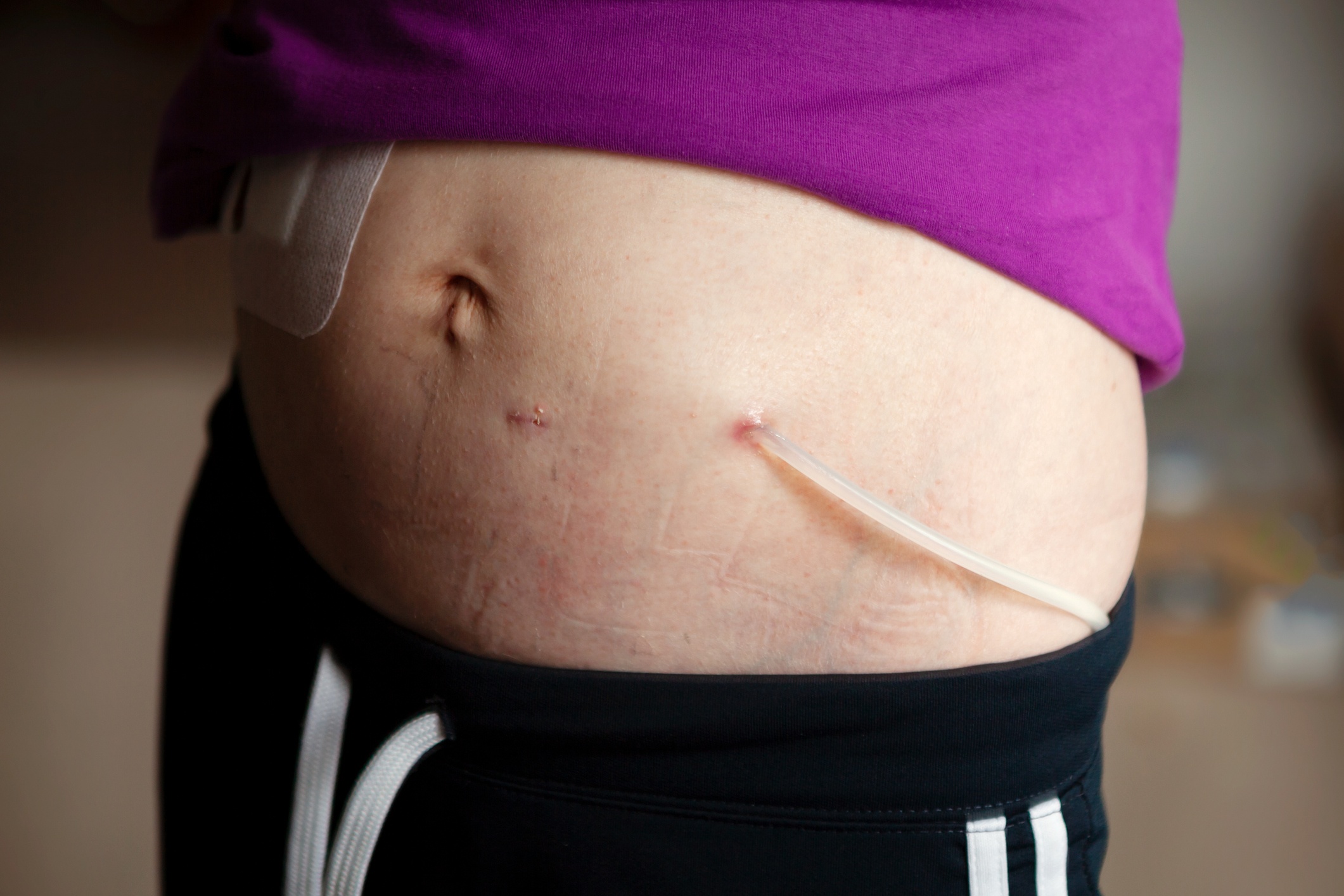
Patients with kidney failure are commonly treated with dialysis. However, more than half of geriatric patients who initiate dialysis die within the first year of treatment. Current guidelines call for presenting comprehensive conservative management (CM) as an alternative option for elderly patients with kidney failure.
Results of a 2022 meta-analysis demonstrated that dialysis treatment had a median survival time of 20 to 67 months, compared with 6 to 31 month survival benefit with CM. However, according to Fiammetta Zanetti and colleagues, the distinction disappears in patients ≥80 years of age, suggesting that outcomes may be similar in both strategies in older patients.
The researchers conducted a study to examine and compare the survival of elderly patients who elected to undergo either conservative therapy or dialysis. Results of a preliminary analysis of data from the prospective observational study were reported at the ERA 60th Congress in a presentation titled Kidney Failure Management in the Elderly: A Preliminary Survival Analysis.
The study was conducted across three nephrology units in Veneto, Italy. A total of 117 patients in predialysis or CM clinics were enrolled. Inclusion criteria were age 75 or more years, estimated glomerular filtration rate (eGFR) >15 mL/min/1.73 m2, and no history of dialysis therapy or CM (personalized pharmacological therapy plus adherence to a low-protein diet).
Medical records and interviews were used to collect baseline sociodemographic data, comorbidities, and results of blood and urine tests. The 36-item Short Form Survey questionnaire, the Barthel questionnaire, and the Mini-Mental State Examination were used to assess quality of life, functional status, and global cognitive functioning, respectively. Survival was evaluated at 3 and 9 months after follow-up initiation, defined as the date of the first dialysis session or when eGFR dropped below 10 mL/min/1.73 m2 in patients in the CM group. Follow-up continued until the ninth month, death, change in treatments, discontinued medical follow-up, voluntary study discontinuation, or the end of the project.
Of the 117 patients enrolled, 64 initiated follow-up. Of those, 47 were in the CM group and 17 were in the dialysis group. Patients in the CM group were older than those in the dialysis group (median age, 82.5 years vs 78.9 years; P=.028). There were other statistically significant differences at baseline, including median levels of blood urea nitrogen, creatinine, parathyroid hormone, hemoglobin, and total cholesterol (all P<.05).
Eleven patients died during follow-up: 10 in the CM group and one in the dialysis group. One patient had no available date of death and was excluded from additional analyses. Kaplan-Meier curves and Log Rank Test revealed no significant difference in survival between the two groups (P=.25).
Because less that 50% of both groups died during follow-up, median survival time was undefined. In the CM group, unadjusted survival rates at 3 and 9 months were 91.3% and 78.2%, respectively.
“In this study, we found that middle-term survival in the elderly is comparable to dialysis therapy and CM,” the researchers said. “Despite limitations, these results provide valuable information for clinical decision-making. Our results suggest that well-organized CM can be a reasonable option for elderly patients with kidney failure.”
Source: Zanetti F, Fanton G, Martino F, et al. Kidney failure management in the elderly: a preliminary survival analysis. #3659. Abstract of a presentation at the European Renal Association 60th Congress; June 15-18, 20323; Milan. Italy.







 © 2025 Mashup Media, LLC, a Formedics Property. All Rights Reserved.
© 2025 Mashup Media, LLC, a Formedics Property. All Rights Reserved.